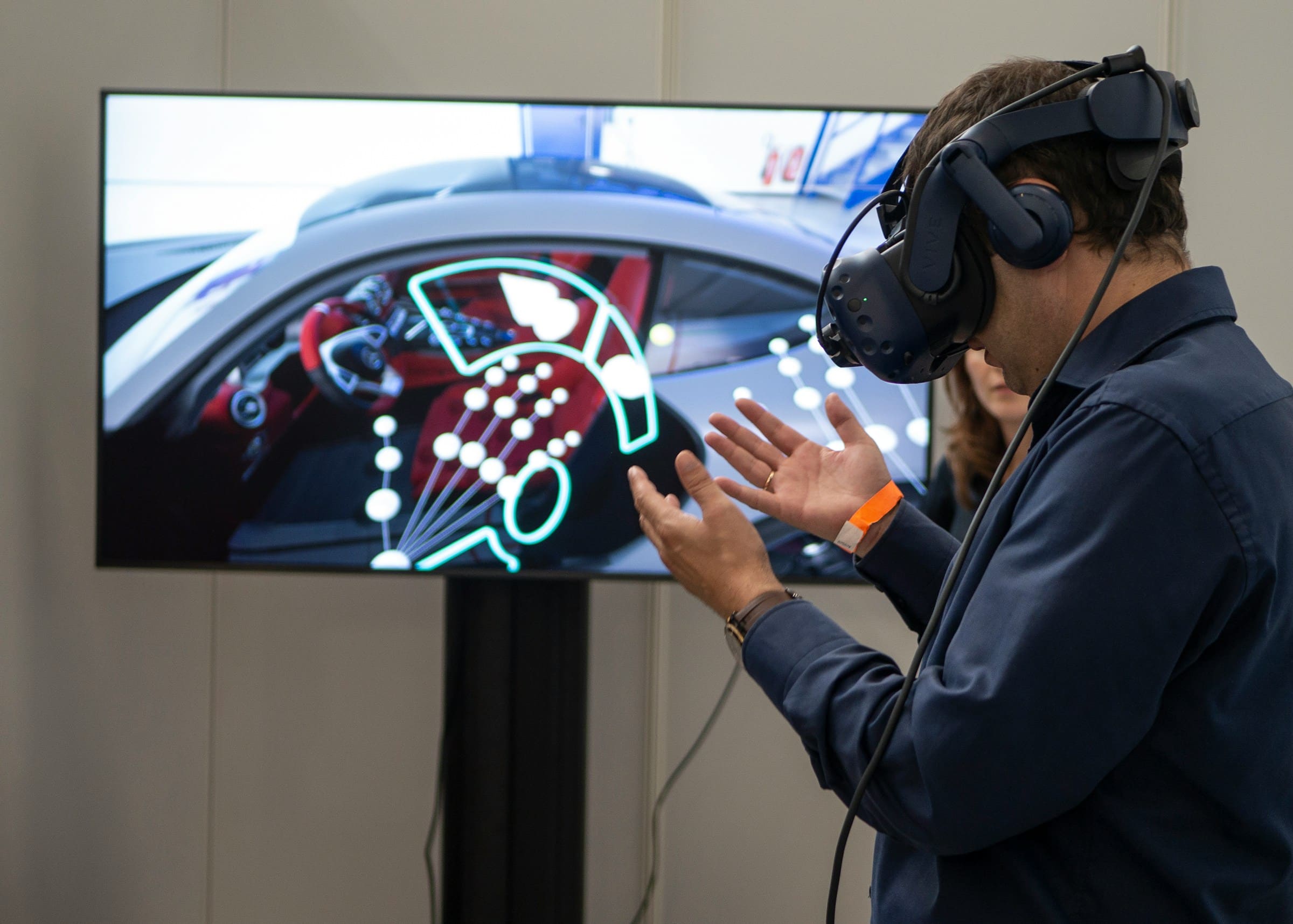In today’s fast-paced world, businesses are continually seeking innovative ways to improve their customer service and field operations. One technology making significant strides in this endeavor is augmented reality (AR). The ability to meld digital information with the real environment offers transformative potential, particularly in the realm of remote technical support. This article explores how augmented reality can revolutionize remote assistance, offering practical benefits for businesses, technicians, and customers alike.
Revolutionizing Remote Technical Support with Augmented Reality
As remote work becomes the new norm, field service teams and technical support departments have faced unique challenges. Traditional remote support methods, such as phone calls and video conferencing, often fall short in providing real-time solutions to complex technical problems. Augmented reality changes the game by enabling technicians to deliver expert guidance in a more intuitive and effective manner.
En parallèle : How can blockchain technology be utilized to ensure data integrity in supply chains?
AR overlays digital visuals onto the real environment, allowing field technicians to see and interact with virtual elements as if they were part of the physical world. Through AR-powered remote collaboration, experts can guide on-site technicians step-by-step, ensuring precision and customer satisfaction. This technology minimizes errors, reduces downtime, and ultimately enhances the customer experience.
For instance, if a customer encounters a malfunctioning machine, the support technician can use augmented reality to provide real-time visual instructions. By projecting a digital overlay on the machine, the technician can highlight specific parts and demonstrate the necessary steps to resolve the issue. This immersive approach not only aids in maintenance repair but also boosts customer satisfaction by resolving problems swiftly and accurately.
Cela peut vous intéresser : What are the techniques for optimizing the performance of serverless applications?
Enhancing Customer Experience through AR-Powered Remote Assistance
A seamless customer experience is paramount in maintaining a competitive edge. Augmented reality remote assistance offers a powerful tool for enhancing customer service by providing real-time support that is both personalized and efficient. Unlike traditional methods, AR allows technicians to see exactly what the customer sees, creating a shared view that fosters effective collaboration.
Imagine a scenario where a household appliance fails. The customer contacts the support center and connects with a technician via an AR-enabled mobile device. The technician can then use AR to guide the customer through the troubleshooting process, offering precise visual cues and instructions. This direct interaction not only resolves issues faster but also empowers customers by involving them in the solution process.
In addition, AR technology can be used for customer training, providing immersive tutorials on product usage and maintenance. For complex products, live AR sessions can be scheduled, where customers receive hands-on guidance from experts without the need for in-person visits. This not only saves time but also enhances customer engagement and satisfaction.
Empowering Field Technicians with Augmented Reality Tools
Field technicians often face the challenge of addressing technical issues on-site without immediate access to expert knowledge. AR tools bridge this gap by providing real-time visual support and guidance, ensuring field technicians can perform their tasks with confidence and accuracy.
When a technician arrives at a service location, they can use AR technology to access detailed schematics, instructions, and expert advice. By wearing AR-enabled glasses or using mobile devices, they can see overlays of internal machine components, wiring diagrams, and step-by-step repair guides. This digital assistance reduces the likelihood of errors and speeds up the maintenance repair process.
Moreover, AR enables remote collaboration among technicians and experts from different locations. A field technician can connect with an off-site specialist via AR, sharing a live video feed of the equipment. The specialist can then annotate the video, provide instant feedback, and guide the technician through complex repairs. This real-time interaction minimizes downtime, improves service efficiency, and enhances customer satisfaction.
Transforming Business Operations with Augmented Reality
In an increasingly digital world, businesses must adapt to remain competitive. Integrating AR into remote support and field service operations offers several advantages that transform business practices and drive customer satisfaction.
Firstly, AR technology streamlines technical support processes, reducing the need for multiple site visits and cutting down on travel costs. Companies can allocate resources more efficiently, ensuring that technicians are only dispatched when absolutely necessary. This not only conserves time and money but also enhances the overall efficiency of service operations.
Secondly, AR provides a platform for continuous training and skill development. Technicians can engage in virtual training sessions, learning new repair techniques and staying updated with the latest industry advancements. This ongoing training enhances their expertise and ensures they are well-equipped to handle diverse technical challenges.
Additionally, AR enhances data collection and analysis. By capturing detailed real-time visual data during field operations, businesses can monitor performance, identify trends, and implement targeted improvements. This data-driven approach leads to better decision-making, optimized workflows, and improved customer satisfaction.
Augmented reality is reshaping the landscape of remote technical support, offering a dynamic and immersive solution to the challenges faced by field technicians and customer service teams. By providing real-time visual guidance, enhancing customer experience, and streamlining business operations, AR technology has the potential to revolutionize the way technical support is delivered.
As we move forward, businesses that embrace augmented reality will be better positioned to provide top-tier support, improve customer satisfaction, and stay ahead in an increasingly competitive market. By integrating AR into your remote assistance strategies, you can ensure your team is equipped with the tools they need to deliver exceptional service and maintain a strong customer relationship.
The future of remote technical support is here, and it’s augmented with reality technology.

No Responses